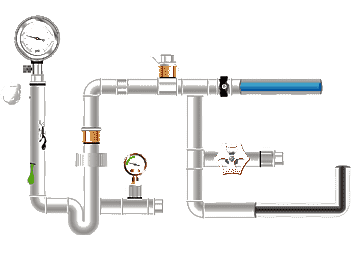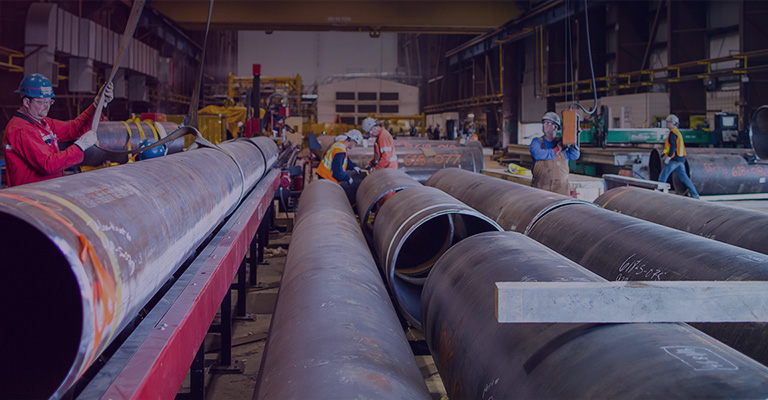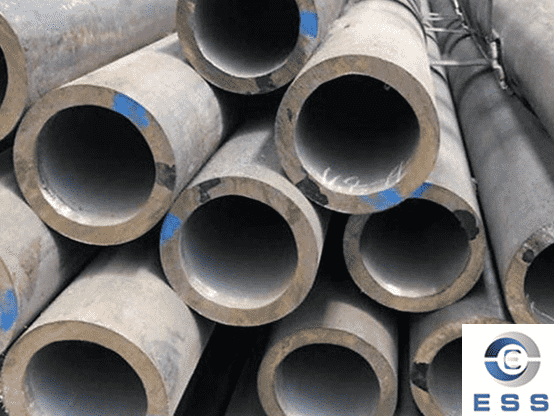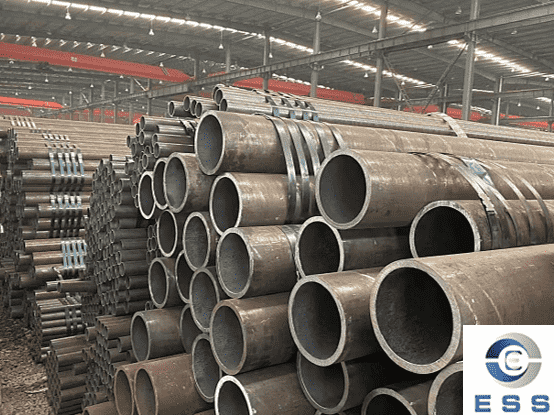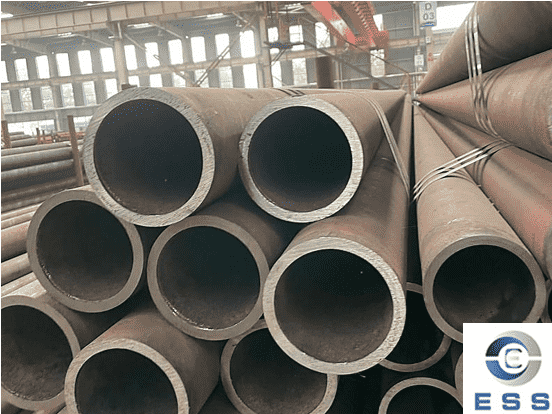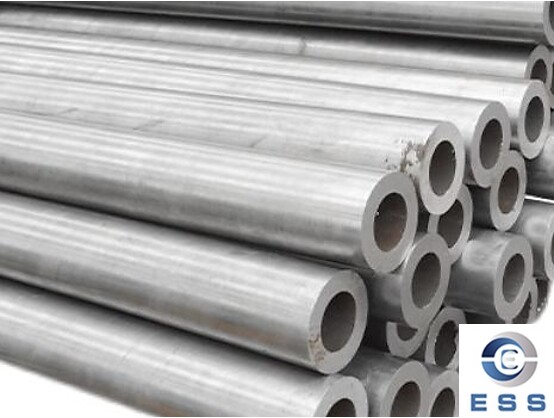
The main anti-rust treatment methods for seamless
carbon steel pipes are as follows:
Surface treatment method
1. Mechanical cleaning
Use mechanical means such as grinding and
polishing to remove impurities such as rust and scale on the surface of the seamless
carbon steel pipe to make the surface of the steel pipe smooth. Then carry out
subsequent treatments such as spraying anti-rust paint to effectively improve
the anti-rust effect.
For example, use a grinding wheel to grind
the surface of the seamless carbon steel pipe to remove the rough and uneven
parts. When grinding, pay attention to uniform strength to avoid excessive
grinding and damage to the steel pipe.
2. Chemical cleaning
Use chemical agents to clean the seamless
carbon steel pipe to remove oil and rust on the surface. Commonly used chemical
cleaning agents include pickling agents, alkaline cleaning agents, etc.
Pickling agents can dissolve oxides such as pipe rust, while alkaline cleaning
agents can remove oil stains. After cleaning, rinse thoroughly with clean water
and dry.
For example, hydrochloric acid is used to
clean the rust on the surface of the steel pipe. The hydrochloric acid reacts
with the rust to form water-soluble ferric chloride. After cleaning, rinse with
clean water until neutral, and then carry out anti-rust treatment.
Coating
protection method
1. Paint coating
Applying anti-rust paint on the surface of
seamless carbon steel pipe is a common anti-rust method. Anti-rust paint has
good anti-rust performance and adhesion, and can form a protective film on the
surface of the steel pipe to prevent oxygen and moisture from contacting the
seamless carbon steel pipe.
Generally, the primer can be applied first,
and then the topcoat can be applied after the primer is dry to increase the
thickness and durability of the coating. Different types of anti-rust paints
can be selected for different use environments and requirements, such as
oil-based anti-rust paint, epoxy anti-rust paint, polyurethane anti-rust paint,
etc.
2. Galvanized coating
Galvanizing is a more effective anti-rust
method. By plating a layer of zinc on the surface of the steel pipe to form a
zinc-iron alloy layer, it can effectively prevent oxygen and moisture from
corroding the steel pipe.
Galvanizing is divided into two methods:
hot-dip galvanizing and electrogalvanizing. Hot-dip galvanizing has the
advantages of thick coating and good corrosion resistance, but the cost is
high; electrogalvanizing has low cost and simple operation, but the coating is
relatively thin and the corrosion resistance is slightly poor.
Use of rust inhibitors
1. Volatile rust inhibitors
This type of rust inhibitor can volatilize
at room temperature and form a dense monomolecular film on the surface of the
seamless carbon steel pipe, thereby playing an anti-rust role. It has the
advantages of being easy to use and not affecting the processing and use of
steel pipes, but the anti-rust period is relatively short, and it is generally
suitable for short-term or temporary rust prevention.
For example, apply volatile rust inhibitors
on the surface of CS seamless pipes, or soak the steel pipes in rust inhibitor
solutions to adsorb rust inhibitor molecules on their surfaces.
2. Sealed rust inhibitors
Sealed rust inhibitors are mainly used for
long-term pipe rust prevention. They can form a stable anti-rust film on the
surface of seamless carbon steel pipes, and have good permeability, which can
penetrate into the interior of steel pipes to play an anti-rust role. There are
many ways to use sealed rust inhibitors, such as brushing, soaking, and
spraying.
You can choose the appropriate method
according to the actual situation. For example, for large seamless carbon steel
pipes, the method of soaking and sealing the rust inhibitor can be used to
completely immerse the steel pipe in the rust inhibitor solution to ensure that
the surface of the seamless carbon steel pipe is fully in contact with the rust
inhibitor.
Change environmental conditions
1. Control humidity
Humidity is one of the important factors
affecting the anti-rust effect of seamless carbon steel pipes. When the
relative humidity is below 60%, the steel is not easy to rust. Therefore, the
steel pipe should be stored in a dry and ventilated environment as much as
possible, and avoid storage in a humid environment. If it is impossible to
avoid using or storing the steel pipe in a humid environment, a
dehumidification device can be used to reduce the ambient humidity.
2. Isolate from air
Isolating from air can prevent oxygen from
contacting the seamless carbon steel pipe, thereby slowing down the rusting
rate. The steel pipe can be sealed in a plastic bag, paper bag or metal
container by sealed packaging to avoid contact with air. For steel pipes stored
for a long time, inert gas, such as nitrogen, can also be filled to further
improve the anti-rust effect.
Summary
In short, the selection of a suitable
anti-rust treatment method should be based on the use environment, requirements
and cost of seamless carbon steel pipes. In practical applications, a
combination of multiple anti-rust treatment methods can be used according to
specific circumstances to achieve better anti-rust effects.









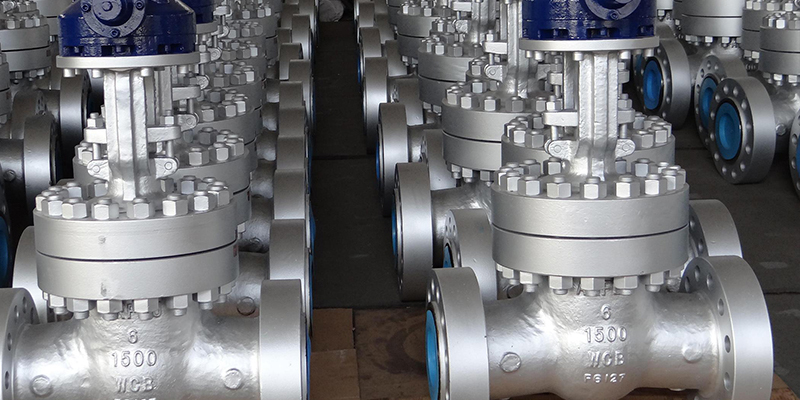
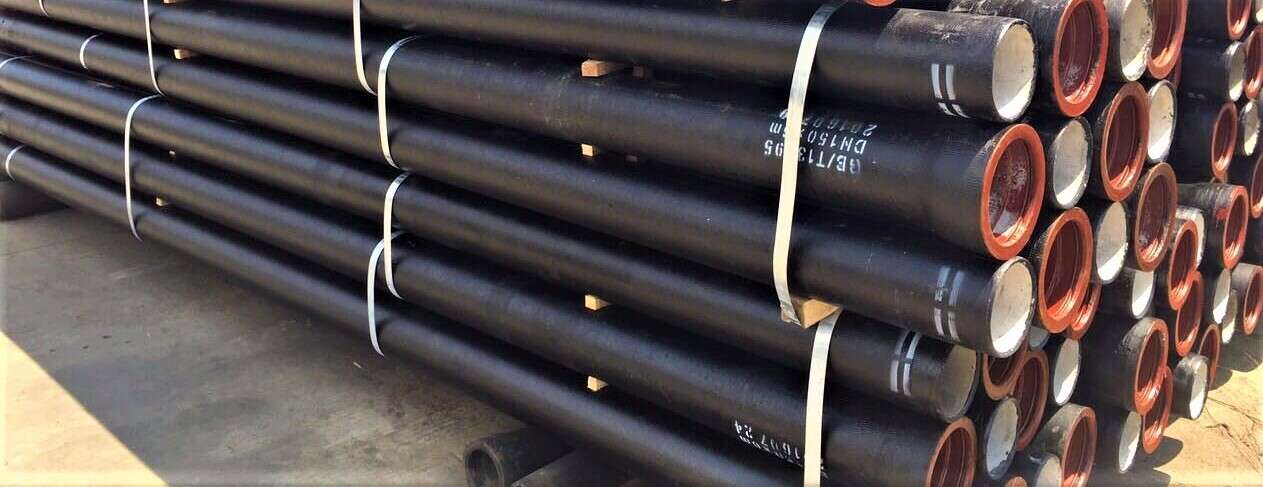


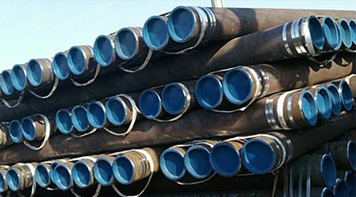 Eastern Steel Manufacturing Co.,Ltd not only improve product production and sales services, but also provide additional value-added services. As long as you need, we can complete your specific needs together.
Eastern Steel Manufacturing Co.,Ltd not only improve product production and sales services, but also provide additional value-added services. As long as you need, we can complete your specific needs together.
